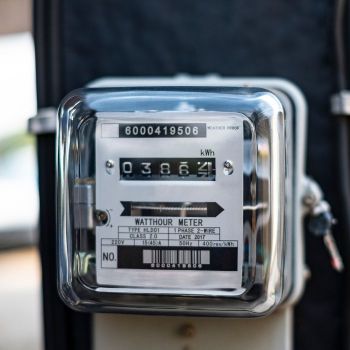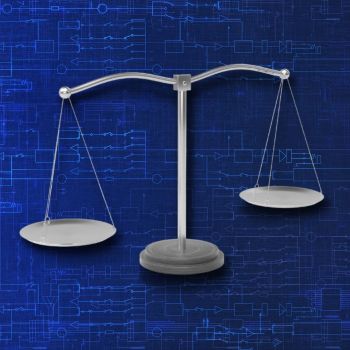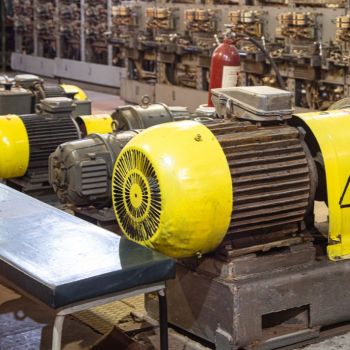4T-Median Design
Median design benefits are outlined including safety, efficiency and aesthetics. Included are definition of terms used in median design. Access Management Classifications is discussed as it relates to median design. The types of medians are shown from most restrictive to least restrictive. Conflict points associated with the various types of median openings are covered.
Description:- Median design benefits are outlined including safety, efficiency and aesthetics. Included are definition of terms used in median design. Access Management Classifications is discussed as it relates to median design. The types of medians are shown from most restrictive to least restrictive. Conflict points associated with the various types of median openings are covered. Access vs. thru movement is shown. Median design issues are discussed including approach taper, deceleration distance and storage length. Design speed and entry speed also play a factor in turn lanes. Perception-reaction time as it relates to turn lane design is discussed. Sight distance issues are discussed. Negative and positive left turn offsets are defined. A positive offset is preferred because it gives the left turning driver greater visibility of oncoming traffic. The placement of driveways as related to median openings is also covered. Through this course, you will learn the requirements for median design which should assist an engineer in the planning and engineering of roadway plans.
Course Outline:- This course is designed to cover median design from history to actual design. It begins with the benefits and history of median design. Median design terms are defined. Access Management Classification is discussed as it relates to median placement and design.
The different types of median openings are shown from most restrictive to least restrictive. The types of medians are outlined along with the corresponding number of conflict points. The relationship of access vs. through movement is discussed.
Median design issues are outlines as they relate to turn lane development including approach taper, deceleration distance and storage length. Perception-reaction time, design speed and entry speed also play factors in turn lane design. Definitions of sight distance including negative and positive left turn offsets are defined. A positive offset is preferred because it gives the left turning driver greater visibility of oncoming traffic. There is also a discussion as to how driveways can be strategically placed at median openings to promote safe turning movements.
Properly implemented median management will result in improvement to traffic operations, minimize adverse environmental impacts, and increase highway safety. As traffic flow is improved, delay and vehicle emissions are reduced. In addition, roadway capacity and fuel economy are increased and accidents are less numerous and less severe.
The benefits to medians include:-
- ∙ Safety – Fewer/less severe accidents; less auto/pedestrian conflicts
- .∙ Efficiency – Higher levels of services; less stop and go traffic
- ∙ Aesthetics – More room for landscaping and pedestrians; more attractive corridors
| Learning Objectives | Objectives
|
|---|---|
| Contact Hours | 4 Horas |
| CIAPR courses | CURSO TECHNICO |
| Instructor | Debra Kennaugh, P.E. |
| Devices | Desktop, Tablet, Mobile |
| Language | English |
SLSTECH System Requirements
To run our system effectively you should, as a minimum, use the system components listed on this page. If you do not, the system may still work but some functionality may be lost. Workplace IT environments' internal configurations can also restrict the functionality of our system. Access to content may be affected, as may the possibility of uploading files. File size limitations may also apply. Workplaces may also have older versions of software, and our system may not perform well with these.
Operating system
-
Recommended: Windows 7, 10, Mac OSX Sierra, iPad IOS10
Internet speed
-
Use a broadband connection (256 Kbit/sec or faster—this will ensure that you can view videos and online presentations) through USB wireless modem, ADSL, T1/T2, fibre optic or cable.
-
Dial-up access will be significantly slower, and we do not recommend it for using our system.
Internet browsers
Compatible browsers include:
-
Google Chrome 32 bit version 50 or later (recommended for optimal compatibility, this has been thoroughly tested on Windows)
Safari 10 or later (recommended for optimal compatibility, this has been thoroughly tested on Mac)
Note that add-ons and toolbars can affect any browser's performance.
-
MS Internet Explorer is not recommended
Settings
We recommend that the following be enabled:
-
Cookies
-
Pop-ups (in both Internet browser and security software)
-
Javascript
-
We recommend that you use the latest version of Adobe Flash Player.
Software
-
We recommend that you use the latest version of Adobe Acrobat Reader.
-
To view all the resources uploaded to Hazmat Authority, you will probably need to have Microsoft Office (Word, Excel, PowerPoint) or an equivalent (e.g. Open Office, Viewer) installed.
Security
With all firewalls, ensure that you enable uploading of files.



















Validate your login
Sign In
Create New Account